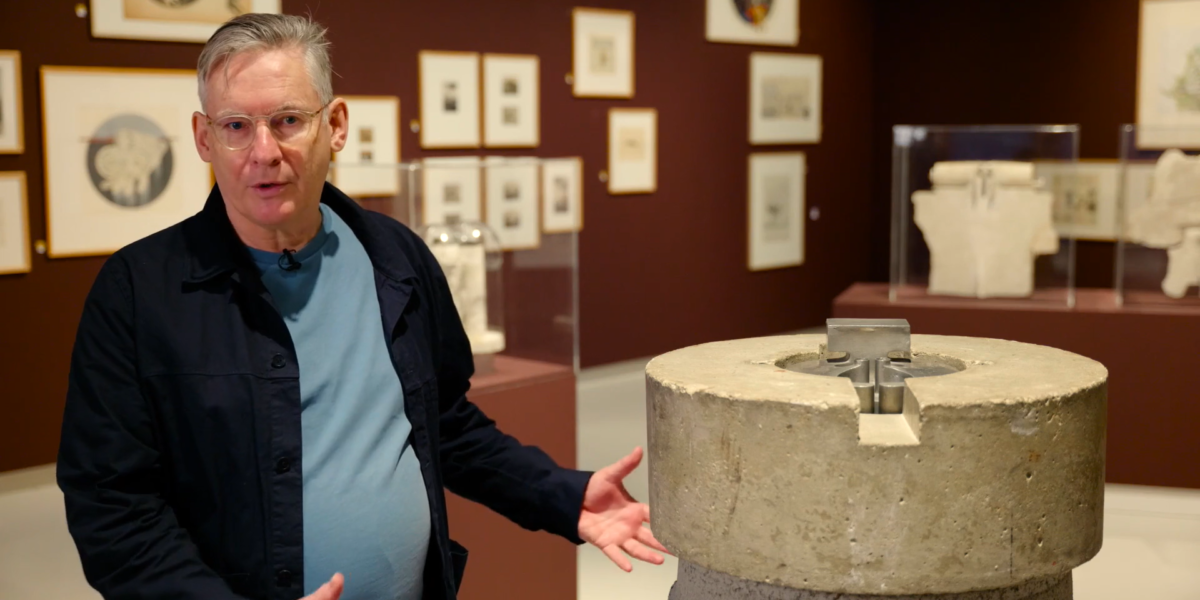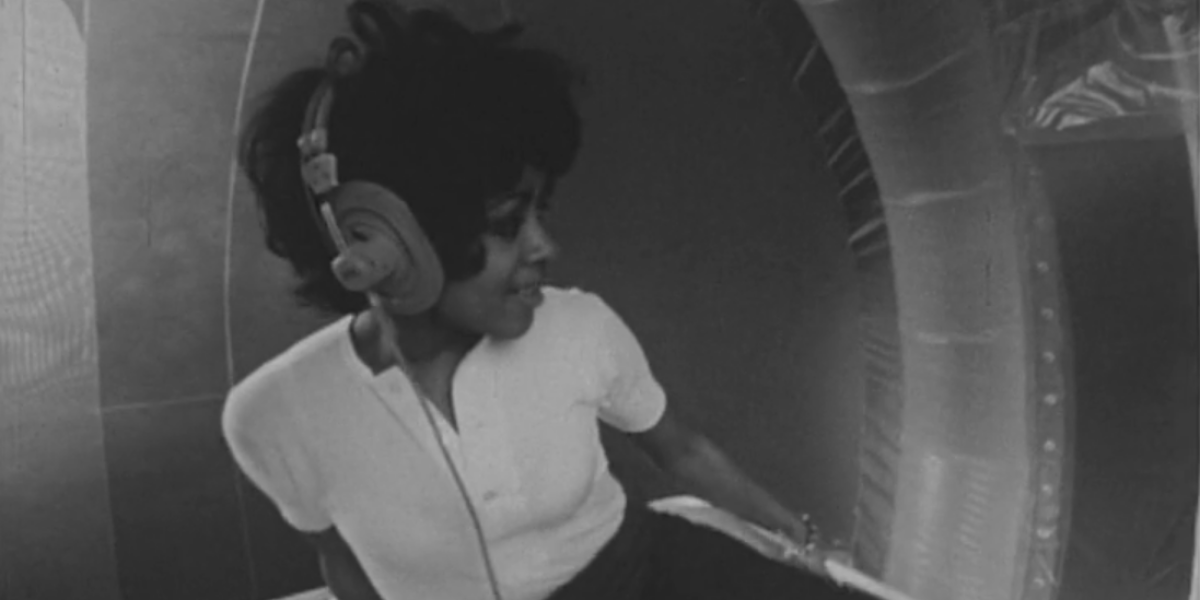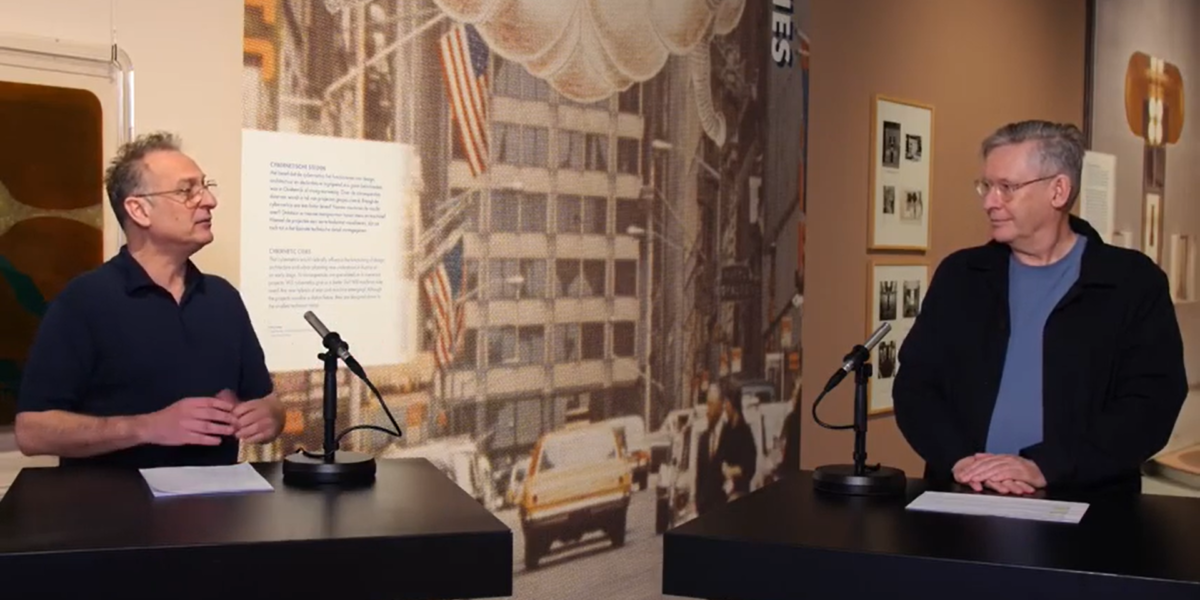Lecture series on the Austrian avant-garde tradition
“A little world in which the big one holds its tryouts”, is how Bart Lootsma, professor for architectural theory at the Faculty of Architecture of the University of Innsbruck and guest curator of the exhibition Radical Austria: Everything is Architecture, describes the development of Austrian avant-garde movements in the twentieth century. In this lecture series, Lootsma places the so-called ‘Radical Austria’ of the 1960s in the context of the long Austrian tradition of art and design.
The opening quote by cultural historian Carl E. Schorske (who, in turn, quoted poet Friedrich Hebbel) goes to the heart of Austria’s cultural history and that of Vienna in particular. This is related to the special position of Vienna: its size as the fifth largest city in the world before WWI, capital of the Habsburg Empire and its connectivity in a period in which the world was going through radical changes, and later the relative isolation as capital of the first and second Austrian Republic.
Bart Lootsma has dedicated two lecture series to the subject of the Austrian avant-gardes, as part of the courses ‘Architekturtheorie 2’ and the ‘Architekturtheorie Master’ in the academic year 2020-2021. Combined they span the Austrian avant-gardes of the ‘fin de siècle’, the ‘interbellum’, and that of the 1960s and 70s, and show the continuities between them. These are quite surprising, considering the severe interruptions through fascism, war, allied occupation and the exile and death of so many Austrian intellectuals and Jews.
During the ‘fin de siècle’, Vienna not only attracted scientists and artists from the Habsburg empire, but also from abroad. In the 1930s, many intellectuals were prosecuted and went into exile, causing a remarkable spread of a culture originating in Austria notably in Anglo-Saxon countries. With the Austrian State Treaty being sealed very late in 1955, Austria, surrounded by the Iron Curtain, appeared almost as an appendix to Europe, cut off from its traditional hinterland. It remained quite isolated until mainly young intellectuals and artists, architects in particular, started to reach out actively – often through former exiles, which reconnected them to their own avant-gardes.
Fin de siècle
In the first of the two lecture series, Lootsma introduces us to Vienna during the ‘fin de siècle’ – when Vienna was the fifth largest city in the world. It was the period of the Ringstraße, but also that of Sigmund Freud, Ludwig Wittgenstein, Josef Hoffman, Otto Wagner and Adolf Loos.
Architekturtheorie Zwei WS 20 / Radical Austria
1. Introduction. A Little World In Which the Big One Holds Its Tryouts / Bart Lootsma
2. The Ringstraße, its Critics and the Birth of Modern Urbanism / Bart Lootsma
Continuity between the 1920s and the 1960s
In the second of the two lecture series, Lootsma discusses the continuous line between the avant-gardes of the 1920s and that of the 1960s and early 70s.
The 1920s was the period of Austromarxism and the particular form of Logical Empiricism of the Vienna Circle. It was also the period of the enormous housing programs of the Settlement Movement and Red Vienna. Bart Lootsma discusses the importance of Otto Neurath and Friedrich Kiesler, and the recurring importance of the anti-foundalist metaphor of ‘Neurath’s ship’.
The avant-garde of the 1960s and early 70s was defined by Viennese Actionism, cybernetics, space travel, and a myriad of international influences. It was the period of the radical architecture of Hans Hollein, Walter Pichler, Coop Himmelb(l)au, Haus-Rucker-Co, Zünd-Up and Salz der Erde.
Interested in more of Bart Lootsma’s lectures? More lectures on architecture by Lootsma and other professors at the University of Innsbruck can be found here.



